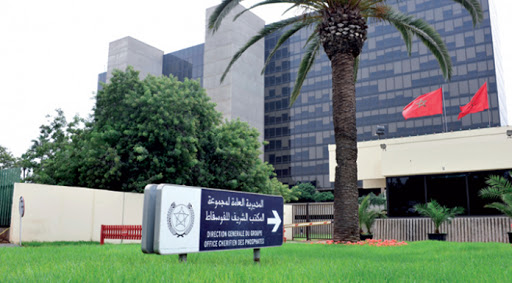The North Africa Post
Morocco’s phosphates and fertilizer producer, OCP, will start exporting fertilizers to Romania after the setting up of a company dubbed SEEFCO, which will be in charge of imports, stockpiling and marketing in the eastern European country, Moroccan media reported.
The OCP’s SEEFCO, which stands for South East European Fertilizer Company, will operate in partnership with UAE group Al Dahra. The company will also help the group access other markets in Eastern Europe and reduce logistics cost.
The group has recently signed an €80 million deal with Finland’s Outotec to build a sulphuric acid plant, an investment, which comes only few days after the Moroccan phosphates exporter signed a €255 million agreement with Spain’s Intecsa to build two similar plants.
The new plants will help OCP maintain leadership in the phosphates-based fertilizers market especially in Africa. OCP, which is currently producing customized fertilizers specific to the needs of different African soils from its chemical plants in Jorf Lasfar, is also planning large-scale investments in Africa.
In Ethiopia, the group already launched a plant that will be operational in the next two or four years. The plant required an investment of about $3 billion and is expected to export raw material for the production of fertilizers to the region.
The group is planning a fertilizer plant in Nigeria and probably in Ghana where feasibility studies are underway. OCP is also gearing efforts to improve the process of agricultural productivity in Africa through helping farmers and establishing soil maps.
OCP revenues hit $ 5.95 billion in 2018, as the company continues to step investments beyond extraction to manufacturing customized fertilizers.
POSTED BY NORTH AFRICA POST
North Africa Post’s news desk is composed of journalists and editors, who are constantly working to provide new and accurate stories to NAP readers.







